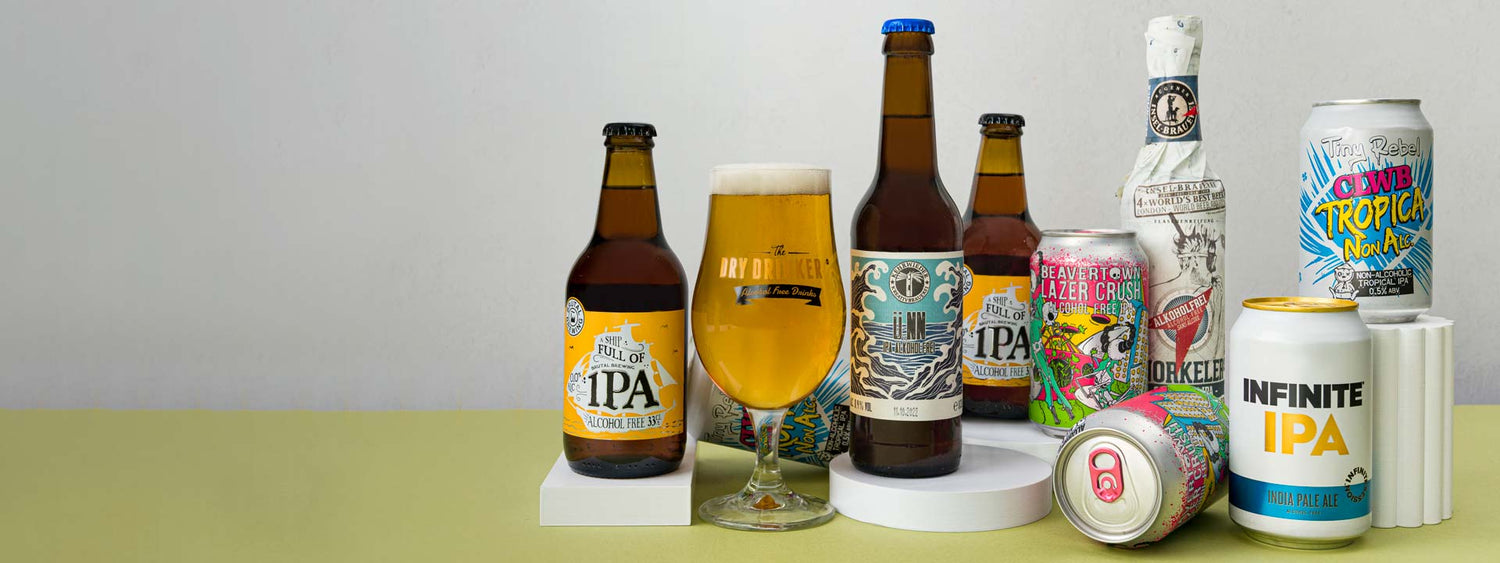The no and low alcohol market is growing rapidly, and distillers must adapt to stay competitive. While some may view this shift as a challenge, focusing on the positives can help distillers thrive in this new market.
Understanding the No and Low Alcohol Market
The no and low alcohol market is defined as beverages that contain less than 0.5% alcohol by volume (ABV). This includes alcohol-free beer, wine, and spirits. The demand for these types of drinks is growing, with a recent report estimating the global no and low alcohol market to be worth over $25 billion by 2025.
Consumers are driving this trend, seeking healthier and more socially responsible options. Additionally, government regulations and taxes on traditional alcoholic beverages are also contributing to the growth of the no and low alcohol market.
The Benefits of No and Low Alcohol for Distillers
Distillers that embrace the no and low alcohol market can reap numerous benefits. For example:
- Increased sales: By offering non-alcoholic options, distillers can tap into a growing market and increase sales.
- Broader customer base: No and low alcohol options allow distillers to attract a wider range of customers, including those who may not typically drink traditional alcoholic beverages.
- Health benefits: No and low alcohol options offer consumers a healthier alternative to traditional alcoholic beverages.
- Socially responsible image: By offering non-alcoholic options, distillers can position themselves as socially responsible and appeal to consumers who are looking for more sustainable and health-conscious choices.
Key Considerations for Distillers Entering the No and Low Alcohol Market
Distillers entering the no and low alcohol market must consider several key factors to succeed. These include:
- Quality: Distillers must ensure that their no and low alcohol options are of the same high quality as their traditional alcoholic offerings. Consumers will not compromise on taste, and any subpar offerings will hurt the distiller's reputation.
- Innovation: Distillers must be creative and innovative in their approach to the no and low alcohol market. This can include developing new and unique recipes or using innovative production techniques.
- Marketing: Distillers must effectively market their no and low alcohol offerings to reach their target audience. This may include targeted advertising and promotions, as well as partnerships with health and wellness brands.
The no and low alcohol market presents a significant opportunity for distillers to increase sales and reach a broader customer base. By focusing on the positives and considering key factors such as quality, innovation, and marketing, distillers can thrive in this growing market.
In conclusion, distillers must focus on the positives of the no and low alcohol market and make strategic decisions to succeed in this growing industry.



